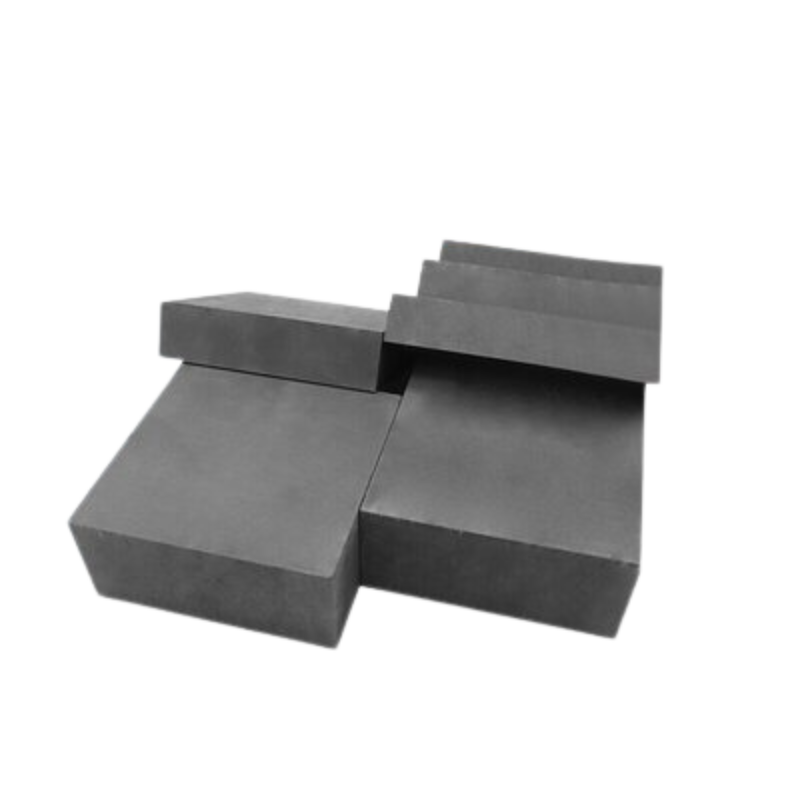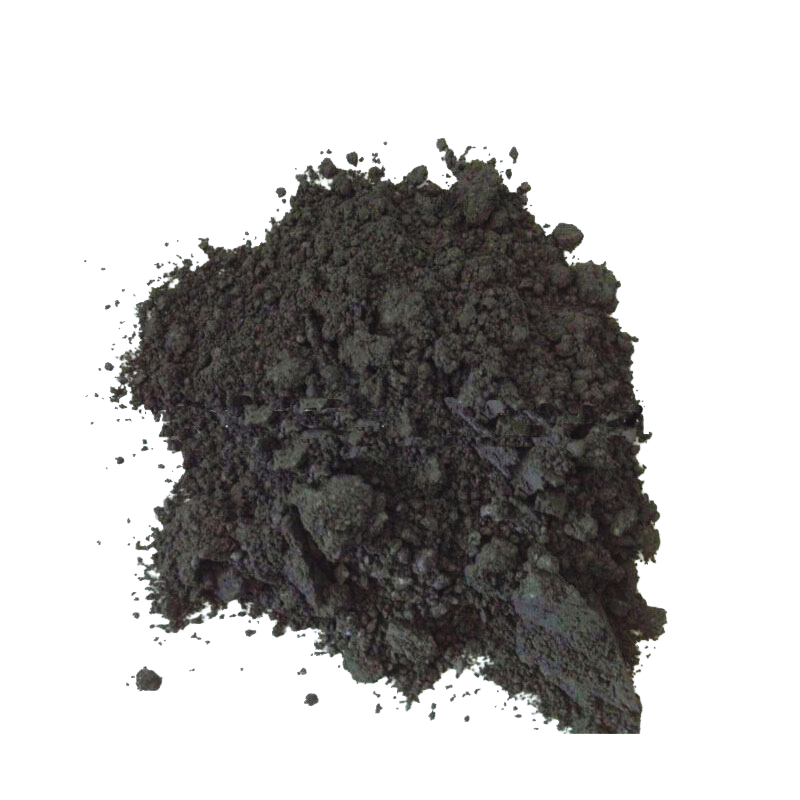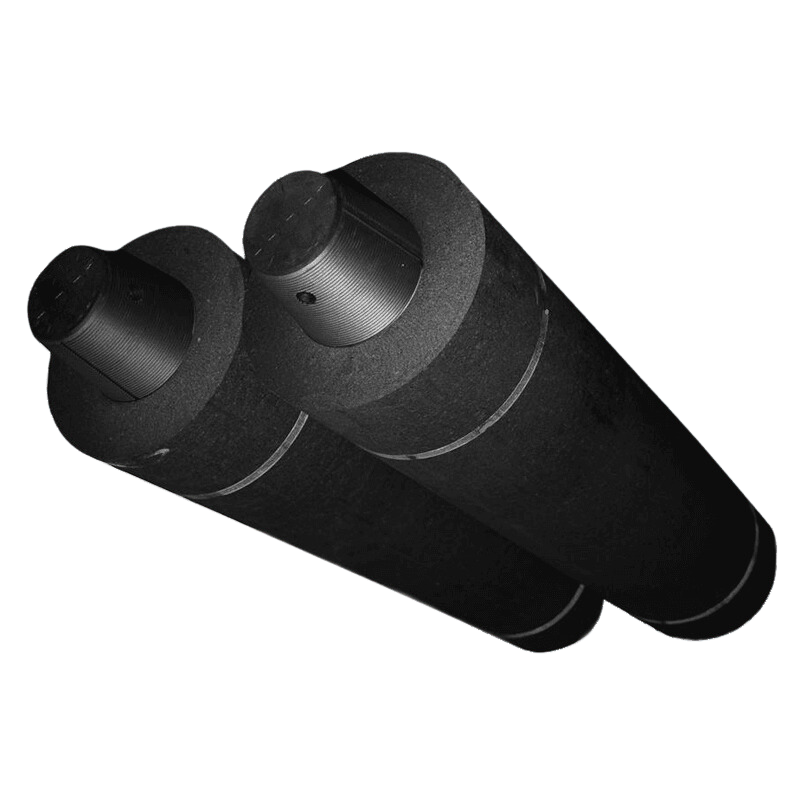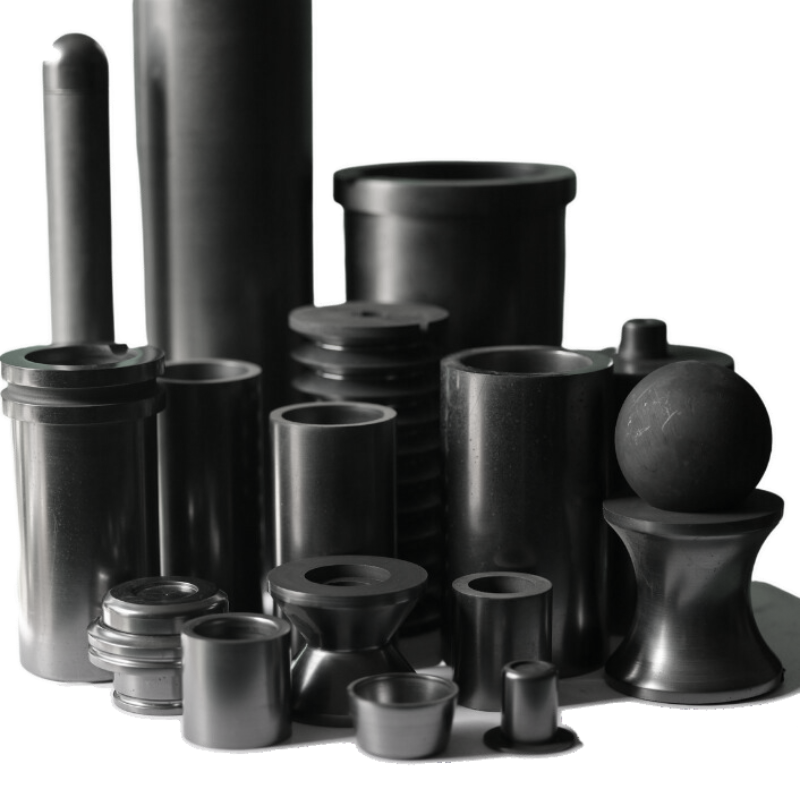The sintering process of graphite crucibles involves high-temperature treatment to densify, harden, and enhance the refractory and mechanical strength of the material. The specific steps are as follows:
Raw Material Preparation
1.Selection of Graphite Raw Materials: Choose high-carbon content, appropriately sized flake graphite. Typically, the graphite is crushed and sieved to the required particle size.
2.Binders and Other Additives: Select suitable binders (such as pitch or resin) and other additives (such as silicon and aluminum powder) to improve the physical and chemical properties of the crucible.
Mixing and Blending
1.Proportioning: Weigh the graphite powder, binders, and additives according to the design formula.
2.Blending: Fully mix the prepared materials in a mixing device to ensure uniform distribution of all components.
Molding
1.Press Molding: Place the evenly mixed material into a mold and use mechanical pressing or isostatic pressing to shape the material into crucible blanks.
2.Preliminary Drying: Dry the molded crucible blanks to remove excess moisture and volatiles.
Sintering
1.Pre-Sintering: Place the dried crucible blanks in a pre-sintering furnace for low-temperature pre-sintering. The pre-sintering temperature is usually between 300°C and 600°C. The purpose is to further remove volatiles and some organic substances, enhancing the strength of the blanks.
2.High-Temperature Sintering: Transfer the pre-sintered crucible blanks to a high-temperature sintering furnace for high-temperature sintering. The sintering temperature is typically between 1200°C and 1600°C, depending on the usage requirements and material of the crucible. At high temperatures, the binder in the crucible blanks decomposes, and physical and chemical changes occur between the graphite particles, forming a dense crucible.
Cooling and Post-Treatment
1.Cooling: After sintering, the crucible needs to cool gradually to room temperature in the furnace to avoid cracks or deformation caused by rapid temperature changes.
2.Post-Treatment: The cooled crucible can undergo mechanical processing as needed, such as refining the shape or drilling holes. Additionally, surface treatment (such as coating with refractory materials) can be applied according to usage requirements.
Quality Inspection
1.Dimensional and Appearance Inspection: Measure the dimensions and inspect the appearance of the sintered crucible to ensure it meets design specifications.
2.Physical and Chemical Performance Testing: Conduct necessary physical performance (such as strength, density, and heat resistance) and chemical performance (such as corrosion resistance) tests to ensure the crucible meets practical application requirements.
Through the above process, graphite crucibles are manufactured into high-strength, high-heat-resistant, and chemically stable refractory materials, widely used in metal smelting, chemical reactors, and high-temperature experiments.





